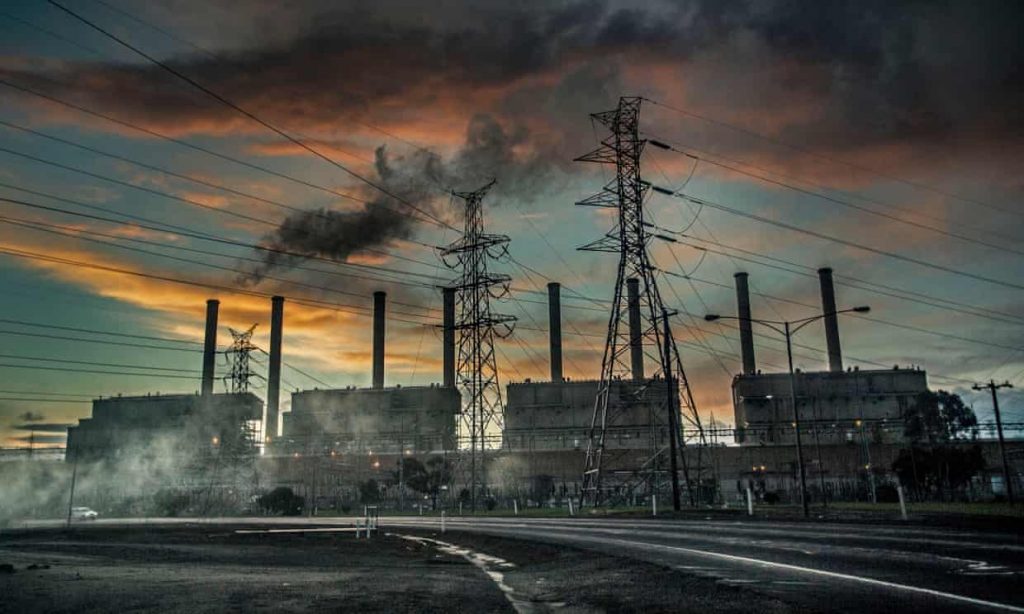With the coal boom on the wane, mining companies want to escape the cost of rehabilitating their sites. But even if governments effectively restrain them, many of the huge voids in the landscape will never be filled in.

The Australian coal industry is dotted with recent examples of major miners selling projects to smaller players at peppercorn prices, unloading both their rehabilitation liabilities and the reputational risks.
- Rio Tinto, which last year flagged the sale of its Blair Athol mine to the ill-fated Linc Energy, has emerged with a proposed deal to sell it for $1 to a debt-laden junior player called TerraCom, linked to a trio of former state Labor figures. Blair Athol is likely to be one of the first Australian coal megamines to close. Under the deal, yet to be approved by the state government, $80m in financial assurance given by Rio for its rehabilitation would be transferred to TerraCom. A former Rio employee, Rick Humphries, told the ABC he had seen internal company figures estimating rehabilitation would cost more than twice what the government held.
- Similar concerns were raised when Anglo American flagged the sale of its Foxleigh mine to the Sydney hedge fund Taurus Fund Management this year.
- Sumitomo Corp of Japan sold its stake in the Isaac Plains mine in New South Wales last year for $1 to Stanmore Coal, then with capitalisation of just $30m.
- Guardian Australia in February revealed a startup that raised less than $750,000 from investors hatched a deal to buy Anglo American’s Callide mine, which has an environmental liability of $120m-plus.
- This month the US partner in the loss-making nearby power station that is Callide’s main client went into receivership.
The original Guardian article can be found here.
Leave a Reply
You must be logged in to post a comment.